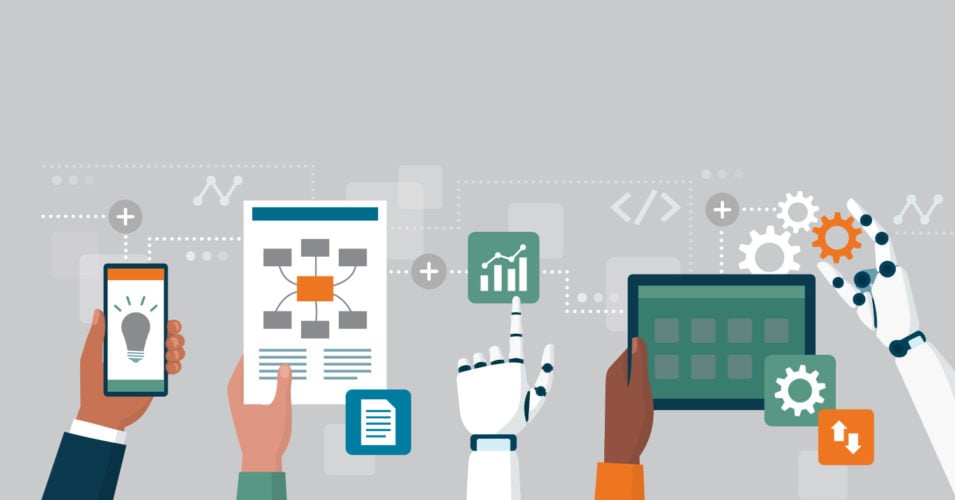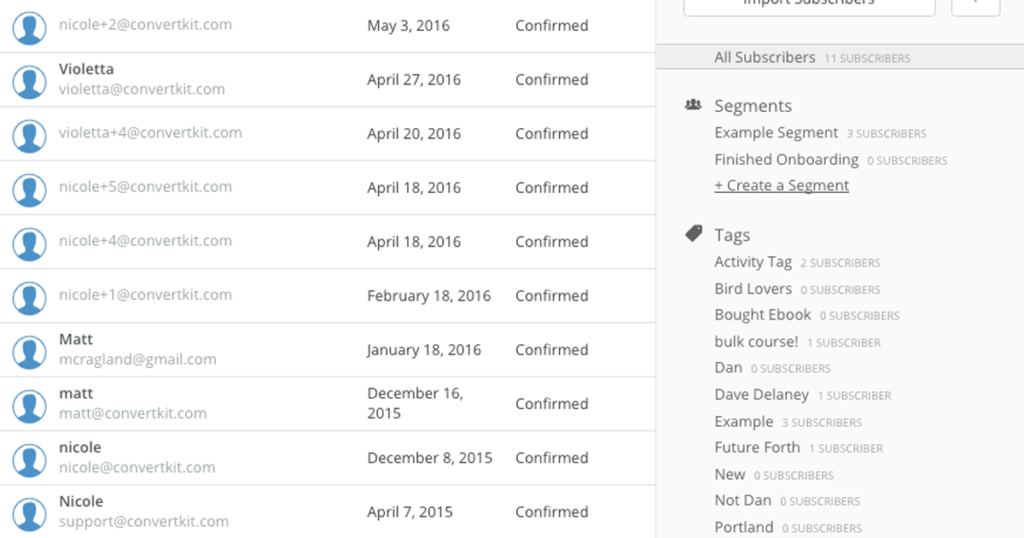Email marketing automation is a crucial tool for businesses looking to engage customers, boost conversions, and streamline their marketing efforts. This guide will provide you with a comprehensive understanding of the what, why, and how of email marketing automation, making it an indispensable part of your business strategy.

What is Email Marketing Automation?
Email marketing automation is a way to send targeted and personalized messages to your customers at designated times or in response to specific actions. The aim is to nurture leads and turn potential customers into loyal ones.
This process involves using software to create automated email marketing campaigns that send relevant emails to your subscribers based on triggers such as:
- Sign-ups
- Purchases
- Website activity
- Abandoned shopping carts
- Save Time and Resources: Automation allows you to set up campaigns once and have them sent out automatically, saving you time in the long run.
- Improve Customer Engagement: With automation, you can send personalized messages to your customers, which can help to build relationships and drive engagement.
- Increase Sales: Automated emails can help nurture leads and drive conversions, ultimately boosting your sales.
- Improve Tracking and Reporting: Email automation tools often come with advanced tracking and reporting features, helping you to measure the success of your campaigns and make data-driven decisions.

Why You Need Email Marketing Automation
Email marketing automation can offer numerous benefits to your business:

How to Set Up Email Marketing Automation
Setting up email marketing automation involves the following steps:

1. Choose an Email Marketing Automation Tool
There are many tools available that can help you automate your email marketing campaigns. Some popular ones include MailChimp, Constant Contact, and SendinBlue.

2. Segment Your Email List
Segmentation involves dividing your email list into different categories based on factors such as demographics, purchase history, or behavior. This allows you to send more targeted and personalized emails.
3. Create Email Automation Workflows
An email automation workflow is a series of automated actions that are triggered by specific behaviors or events. For example, you could set up a workflow that sends a welcome email when someone signs up for your newsletter, followed by a series of follow-up emails.
4. Design and Write Your Emails
The success of your email marketing automation largely depends on the quality of your emails. Ensure they are well-designed, engaging, and provide value to your subscribers.
5. Test and Optimize Your Campaigns
Finally, it’s important to test and optimize your campaigns to ensure they are working effectively. This might involve A/B testing different elements of your emails, analyzing campaign metrics, and making necessary adjustments.
Conclusion
Email marketing automation is no longer an option, but a necessity for businesses wanting to stay competitive in the digital age. By understanding and implementing email marketing automation, you can save time and resources, improve customer engagement, increase sales, and more.
So, start by choosing the right tool, segmenting your email list, creating automation workflows, designing compelling emails, and continuously testing and optimizing your campaigns. With the right approach and persistence, you can make email marketing automation work wonders for your business.
Remember, the key to successful email marketing automation is delivering the right message to the right person at the right time. And once you get it right, the results can be truly transformative.




